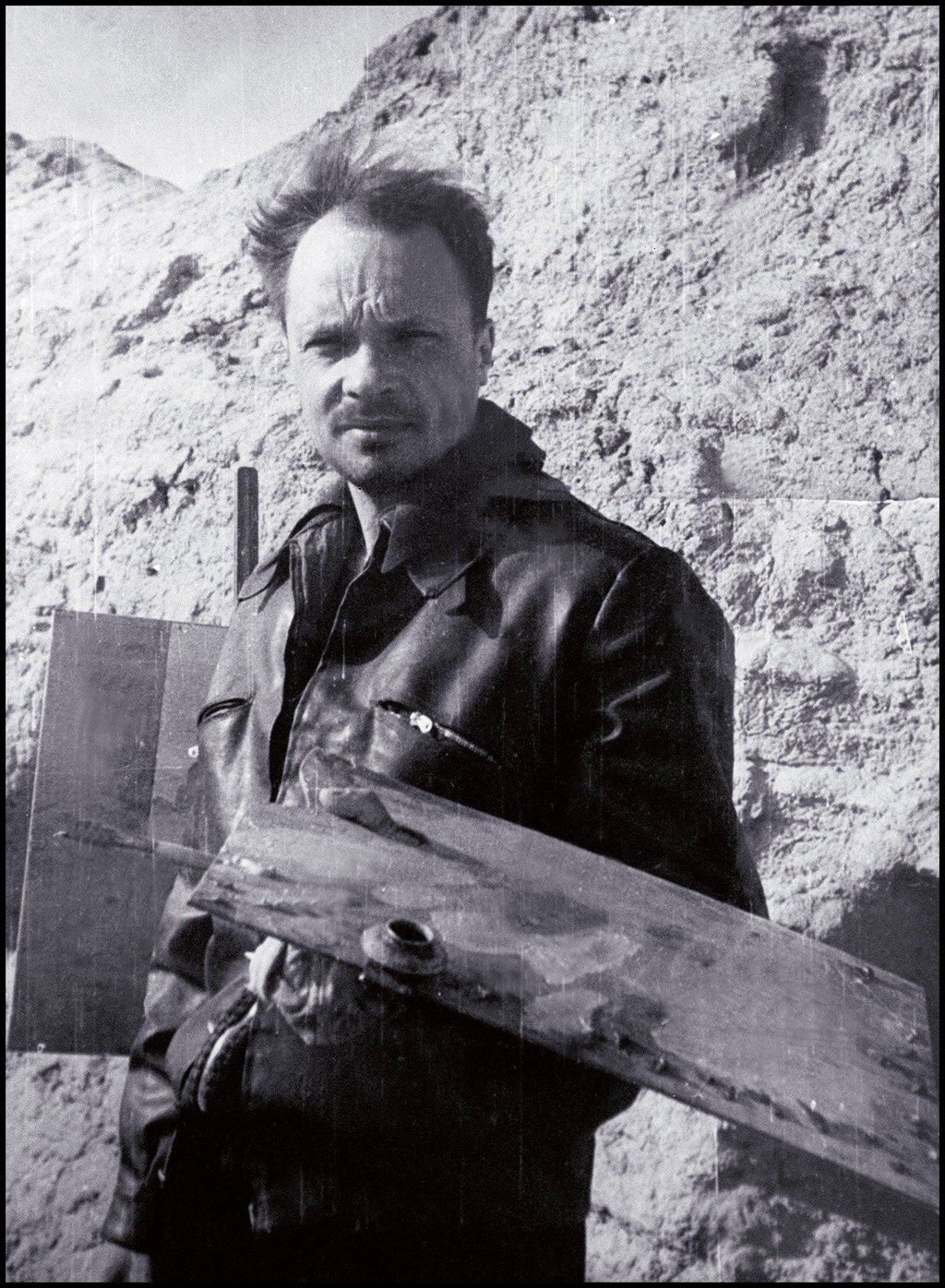Central Asian hoard of avant-garde art from Soviet era draws belated attention, just as its visionary founder Igor Savitsky forecast decades ago
- Igor Savitsky amassed the biggest collection of Soviet-era avant-garde art outside St Petersburg in remote Nukus, Uzbekistan. The art world has woken up to it
- He foresaw ‘people from Paris’ would come to the museum he founded, and indeed it recently loaned works for exhibitions there. Its future is uncertain, though

Few visitors to Uzbekistan in Central Asia make it as far west as Nukus, a city whose rigid grid of streets reveals it to be the product of Soviet-era planning. Unlike ancient Samarkand, Bokhara and Khiva, it lacks warren-like old towns and ancient mosques, madrasas and minarets.
But distant Nukus is home to the snappily titled State Museum of Art of the Republic of Karakalpakstan Named For I. V. Savitsky.
The city is the capital of the autonomous republic of Karakalpakstan, a large, mostly desert area that occupies the entire northwestern part of Uzbekistan. It was here that Igor Vitalievitch Savitsky (1915-84), an artist and collector born in Kyiv, now the capital of Ukraine, assembled a fabulous hoard of treasures in semi-secrecy and founded and led the museum, often referred to simply as the Nukus Museum.
Savitsky’s collection at the museum runs to tens of thousands of objects, and comprise archaeological artefacts dug up in the neighbouring desert, Karakalpak folk art, and 20th century avant-garde paintings despised by the Soviet leader Joseph Stalin, whose creators he often sent to the gulags, or simply had shot.

In attempting to preserve this last category, Savitsky risked the same fate. Yet here, astonishingly, is the largest collection of the Soviet-era avant-garde to be found outside St Petersburg in Russia, much of it rescued during Stalin’s lifetime.
Until recently, the collection was guarded zealously by Savitsky’s chosen successor, who was determined to keep it intact and in place. But, as Marinika Babanazarova tells me over tea in a Tashkent cafe, growing international recognition that the avant-garde art collection is as important as its location is remote only increases the demands that all or part of it be moved to a more high-profile location.
